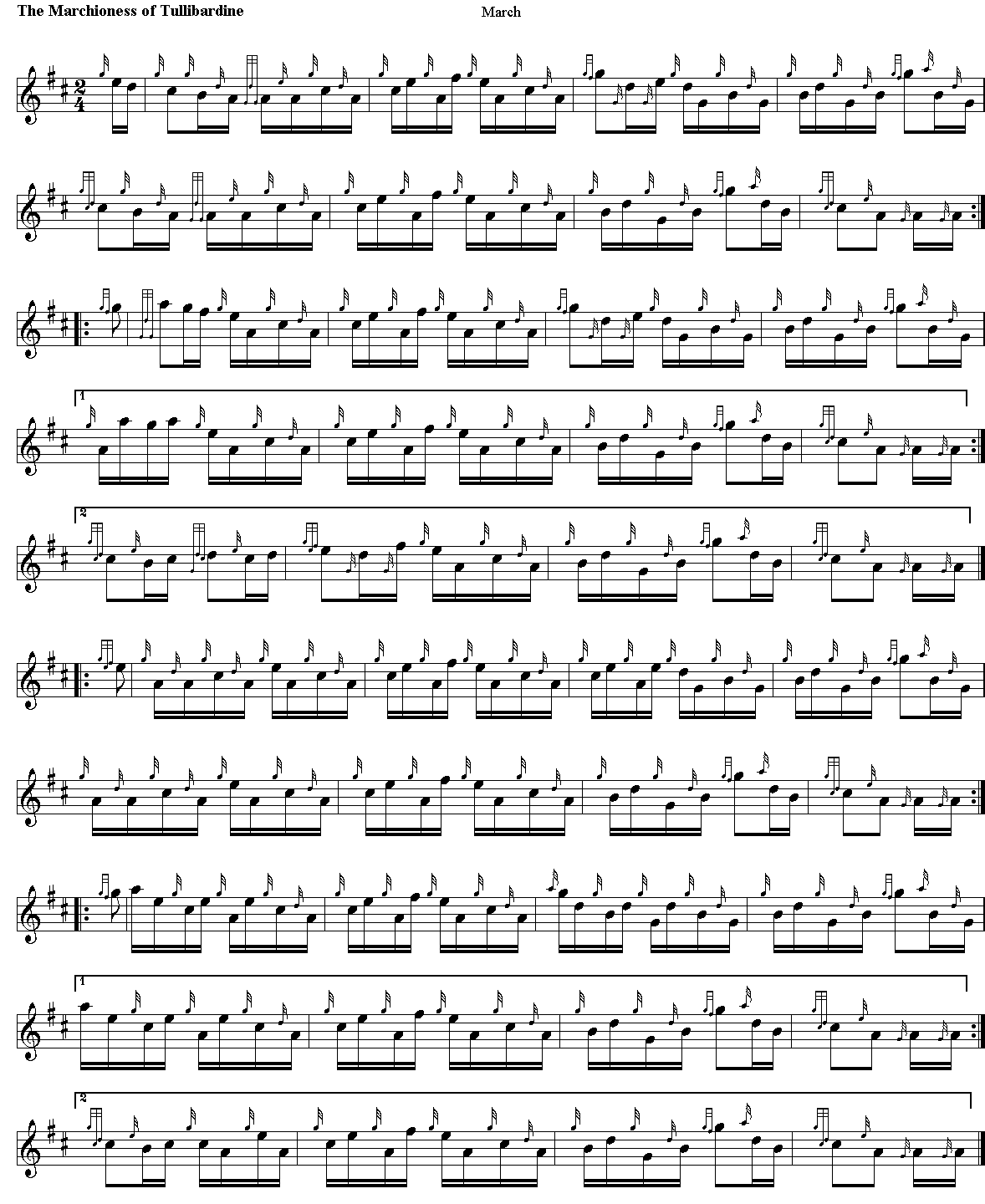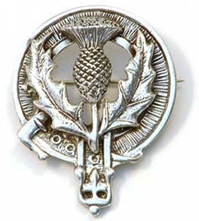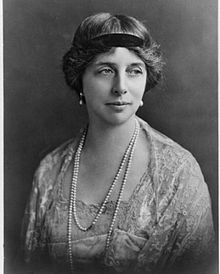Katharine Marjory Stewart-Murray, Duchess of Atholl, DBE, known as the Marchioness of Tullibardine (Tullibardine is a location in Perth and Kinross, Scotland, which gives its name to a village, a castle, and a grant of nobility) from 1899 to 1917, was a Scottish noblewoman and Scottish Unionist Party politician whose views were often unpopular in her party.
Katharine Marjory Ramsay was born in Edinburgh on November 6, 1874, the daughter of Sir James Henry Ramsay, 10th Baronet. She was educated at Wimbledon High School and the Royal College of Music. During her school years she was known as Kitty Ramsay. On July 20, 1899, she married John Stewart-Murray, Marquess of Tullibardine, who succeeded his father as 8th Duke of Atholl in 1917, whereupon she became formally styled Duchess of Atholl.
Known as "Kitty", Stewart-Murray was active in Scottish social service and local government and in 1912 served on the hugely influential "Highlands and Islands Medical Service Committee" that has been widely credited with creating the forerunner of the National Health Service. She was the chairman of the Consultative Council on Highlands and Islands.
As the Marchioness of Tullibardine she was an opponent of female suffrage, with Leah Leneman describing her as 'a key speaker at the most important Scottish anti-suffrage demonstration', which took place in 1912. In 1913 she became vice-president of the branch of the Anti-Suffrage League based in Dundee. Despite this opposition to women gaining the right to vote in parliamentary elections, she went on to be the Scottish Unionist Member of Parliament (MP) for Kinross and West Perthshire from 1923–38, and served as Parliamentary Secretary to the Board of Education from 1924–29, the first woman other than a Mistress of the Robes to serve in a British Conservative government. She was the first woman elected to represent a Scottish seat at Westminster.
She resigned the Conservative Whip first in 1935 over the India Bill and the "national-socialist tendency" of the government's domestic policy. Resuming the Whip, she resigned it again in 1938 in opposition to Neville Chamberlain's policy of appeasement of Adolf Hitler and to the Anglo-Italian agreement. According to her biography, A Working Partnership she was then deselected by her local party. She took Stewardship of the Chiltern Hundreds on November 28, 1938. She stood unsuccessfully in the subsequent by-election as an Independent candidate.
She argued that she actively opposed totalitarian regimes and practices. In 1931, she published The Conscription of a People—a protest against the abuse of rights in the Soviet Union. In 1936, she was involved in a long-running battle in the pages of various newspapers with Lady Houston after the latter had become notorious for her outspoken support of Benito Mussolini. Stewart-Murray had taken issue with Houston calling in the pages of the Saturday Review on the king to become British dictator in imitation of the European fascist regimes.
In April 1937 she went to Spain to observe the effects of the Spanish Civil War. In Valencia, Barcelona and Madrid she saw the impact of Luftwaffe bombing on behalf of the Nationalists, visited prisoners of war held by the Republicans and considered the impact of the conflict on women and children, in particular. Her book Searchlight on Spain resulted from the involvement, and her support for the Republican side in the conflict led to her being nicknamed by some the Red Duchess.
She campaigned against the Soviet control of Poland, Czechoslovakia and Hungary as the chairman of the League for European Freedom in Britain from 1945.
She was closely involved in her husband's regiment The Scottish Horse and composed the melody "The Scottish Horse" to be played on bagpipes.
Her Grace, Katharine, Duchess of Atholl, died in Edinburgh, aged 85, in 1960.



